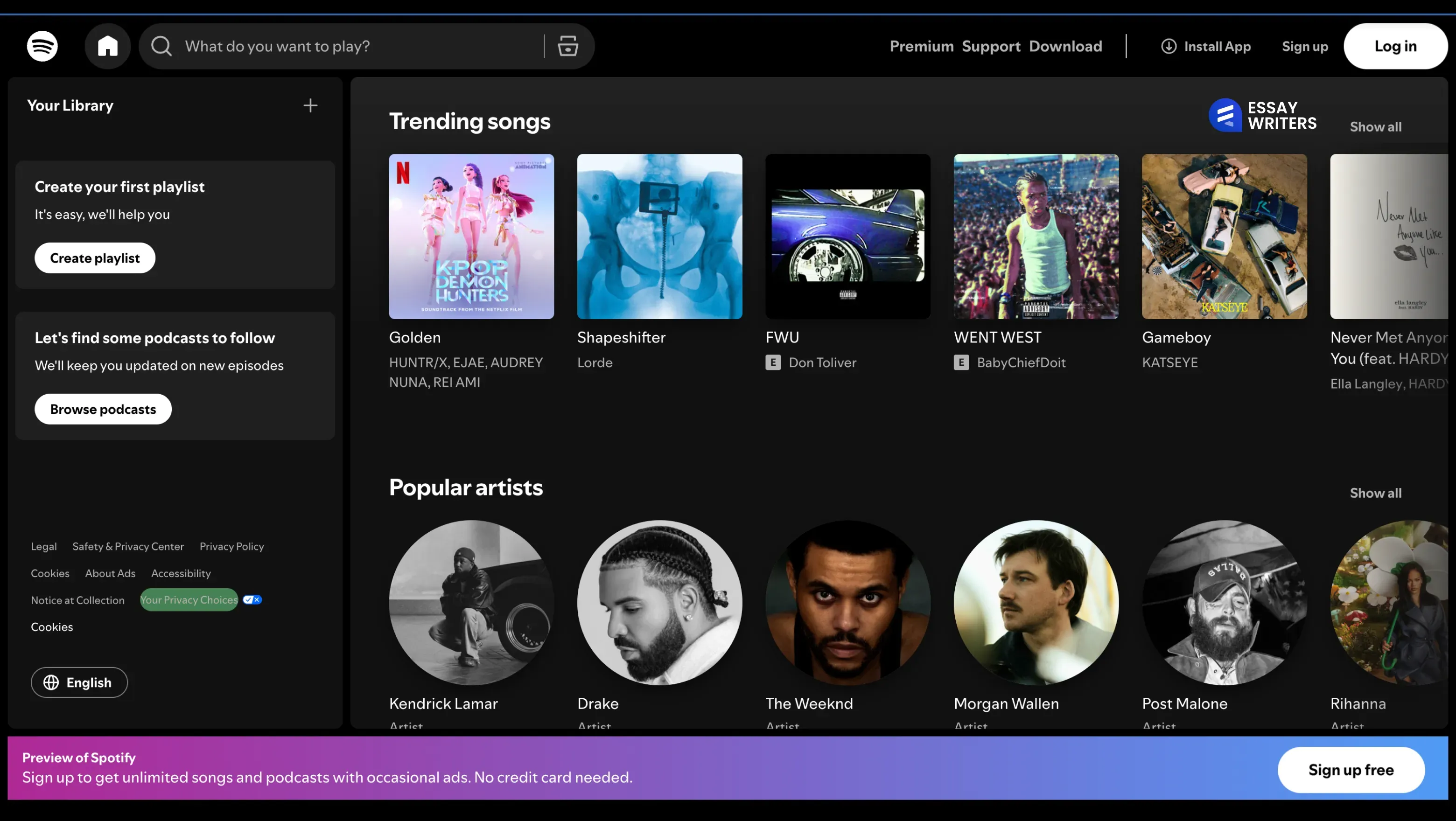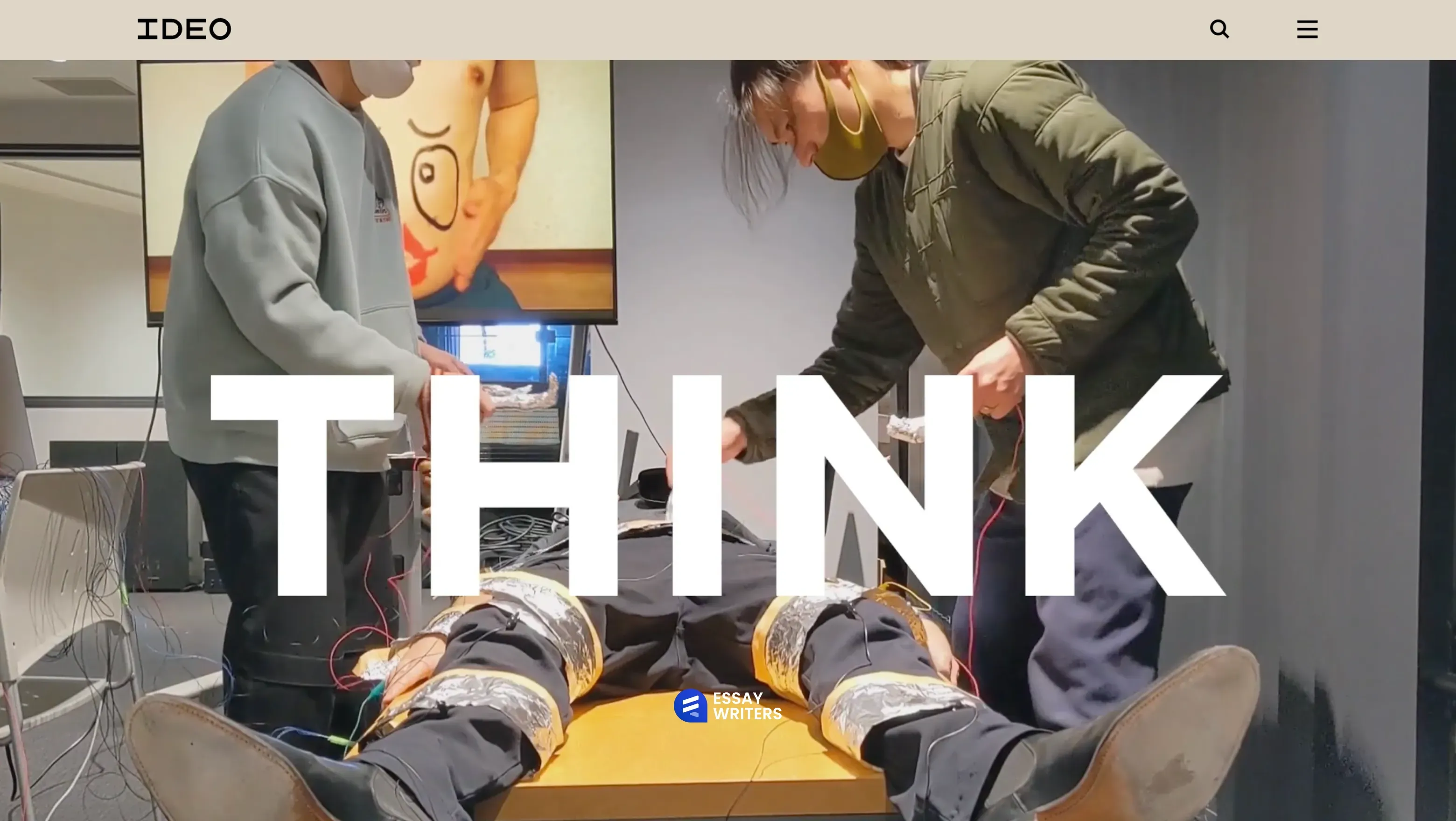
Essay Topics
What Are Examples of Effective Team Dynamics?
Author: Michael Perkins
Updated: Aug 13, 2025
min
Table of contents
When a team just clicks, you can instantly feel it. Ideas bounce around like a good conversation and nobody’s stuck doing everything alone. That’s what productive team dynamics look like in real life. Team dynamics refers to how people interact and work together in a group. Proper dynamics help a group stay focused. Bad dynamics can turn even the best ideas into a mess.
In this article, we'll talk about examples of effective team dynamics and what you can do to help them fall into place. And if you're trying to write about this topic for a class or simply need an extra hand putting your ideas into words, best essay writers can help you organize your thinking and make everything make sense, just like a good teammate would.
What Is Team Dynamics?
Team dynamics is how a group functions when people work together toward something. It includes everything from the way team members divide up tasks to how they manage moving things forward.
When dynamics are strong, people feel heard and supported. Everything feels heavier when they're off. Team dynamics consists of:
- How people communicate
- Who does what and how well it’s understood
- The unwritten rules everyone follows (or ignores)
- How much trust people have in each other to pull their weight
- How the group deals with disagreement or mistakes
- The general mood and energy everyone brings to the table
What Makes Team Dynamics Flow?
No one has come up with a formula that turns a group into a well-functioning team (for now, at least). Yet, we still run into more or less the same things in every group that functions smoothly.
Here's what makes a difference for positive team dynamics:
- Clear roles: Everyone knows what they’re supposed to be doing.
- Comfortable communication: No one's anxious about speaking up or asking questions.
- Trust: You can count on your teammates to follow through, and they can count on you as well.
- Even participation: No one’s either running the whole show or getting left out.
- Supportive leadership: The leaders are there when you need them instead of constantly looking over your shoulder.
- Shared responsibility: Someone jumps in whenever something needs to be done. People don't avoid responsibility by saying 'Not my problem.'
- Flexible problem-solving: The group doesn't fall apart when things don't go according to plan.
- Mutual respect: Everyone treats each other’s time and effort like they matter (because they do).
Examples of Effective Team Dynamics
Team dynamics can't always be put on paper. Teams consist of people, so the rules should always be adapted according to what works best for individual groups. But you can always feel when you're a part of a group that actually works.
Let's talk in more detail about the things that show what healthy team dynamics can look like.
Decisions Don’t Get Made in a Vacuum
Decision-making feels like a conversation in effective team dynamics. You can feel confident in asking questions and raising concerns without everything feeling like a lecture. Anyone can also bounce ideas off each other until they reach something everyone feels good about. It's not about always agreeing, either. You just have to feel like your voice matters.
Everyone Knows Their Role, But No One’s Stuck
There’s nothing worse than being in a group where people cling to their roles like job titles. Everyone should know what they're in charge of in any team, but they should also not be afraid to help somewhere else when needed. In flexible team dynamics, people look out for each other.
Disagreements Aren’t Personal
Strong teams handle conflict without turning it into a mess. People focus on the issue at hand and don't attack each other. Honest dialogue is what makes team dynamics work and makes the group stronger because they can talk through things without things getting weird.
Feedback Comes Often, Not Just at the End
Groups with effective dynamics talk through things instead of waiting until the last day to say if anything's wrong. It's that constant, low-pressure feedback that can encourage team members to improve.
People Talk, People Listen
Meetings don’t feel like monologues, nor do team chats feel like echo chambers. Everyone has equal room to speak in solid team dynamics. Even the quieter team members should feel comfortable throwing in a thought. The natural give and take make everyone feel included and respected.
Mess-Ups Aren’t the End of the World
A strong team doesn't pile on blame in the face of a mistake. Everyone works together to figure out what happened so it can be fixed and the group can move on. Trust makes room for mistakes. People feel safe enough to admit they messed up because they know the team won't turn on them.
Wins Don’t Belong to Just One Person
Success feels shared in any well-functioning group. The win belongs to everyone even if someone specific put in extra hours. Teammates can recognize each other and celebrate as a group instead of fighting for credit. That kind of recognition builds loyalty.
Team Dynamics Examples From Real Life
It's easy to talk about team dynamics and how they should look on paper. But there are companies that actually get it right. As a result, their team members keep things moving without stepping on each other's toes.
Google: Safe Teams Do Better

One of the biggest takeaways at Google's company-wide study was very simple: teams where people felt safe to speak up worked the best. No one was worried about sounding dumb or being shut down. Ideas got tossed around, and everyone knew they could be honest. That kind of space made the team dynamics a lot stronger.
Pixar: Feedback Without the Drama

Pixar’s teams meet regularly to talk through their stories. They call these meetings the Braintrust. Everyone shares feedback, even tough stuff, but the goal is to help the story instead of competing. There’s no ego in the room, just smart people trying to create something that people will love.
Spotify: Small Teams That Know Their Lane

Spotify splits their people into small “squads,” and each one works like its own little unit. They have a lot of say in how they get things done, but they still stay connected with each other not to lose the bigger picture. It works because people know what they’re responsible for, and they trust the other squads to handle their piece as well.
NASA: Everyone’s Voice Counts

You’d think at a place like NASA, decisions would be top-down. But turns out space missions are tasks where everyone's input matters. Everyone from engineers to flight controllers weighs in because no one's too important to be questioned. Those team dynamics show a level of trust across different departments that helps them pull off the most complex of missions.
Netflix: High Trust, High Expectations

People aren't micromanaged at Netflix. They make their own decisions but are also expected to take full responsibility for what they do. This is the accountability that comes with freedom and is the kind of team dynamics that can only work in teams where people are serious about their work.
IDEO: Mixing It Up on Purpose

IDEO's prioritizes creative problem-solving. They have people of all kinds together: designers work with engineers and researchers work with writers because they believe everything should be looked at from different angles. These team dynamics encourage people to take risks and share wild ideas without fear of being wrong.
Zappos: Culture Over Everything

Zappos hires people who genuinely get along instead of just looking at their resumes. When people who actually respect and enjoy working with each other get together, that makes a huge difference for team dynamics in the workplace.
Atlassian: Honest Team Check-Ins

Team dynamics at Atlassian, the company behind tools like Trello, relies on regular check-ins. Teams get together and talk about how they're doing with the projects and communication, too. Questions like “Are we communicating well?” or “Does this feel balanced?” help fix tension before it gets heavy.
Patagonia: Teams With a Shared Cause

People at Patagonia work hard because they care about what they do. They have a mission about saving our home planet and their commitment to the cause brings teams together. You can feel the team dynamics in how they support one another and show up whenever they're needed.
Apple: Everyone Moves in Sync

Apple teams move like they work side by side, even when they sometimes don't. Each group handles its part and knows that the rest of the system is also covered. People are clear on their goals and responsibilities and trust that the other teams are the same way.
Read Also: 8 Parts of Speech: Definitions and Examples
How to Build Great Team Dynamics
The short answer to creating strong team dynamics is to create an environment where people feel comfortable and respected. When the basics are there, the team can start taking care of the steps we'll talk about below.
Start with Clear Expectations
It's kind of impossible to make team dynamics work if no one knows what the plan is. A team always does better when the roles and goals are equally clear for everyone. That clarity alone can smooth out a lot of the usual bumps along the road.
Focus on Trust
You can’t fake trust. Neither can you rush it. It grows from those consistent actions that prove that your team can rely on you to do what you say you'll do. Once people know they can actually count on each other, the team dynamics instantly improve.
Encourage Real Communication
You can't build proper team dynamics in a group where people are anxious to speak up. Any leader should prioritize honest conversations even if they're awkward. There's no need to get overly formal, either; all team members have to do is check in so everyone feels heard and supported.
Make Room for Different Strengths
The fact that not everyone works the same way is actually useful for team dynamics. Creative thinking can't be everyone's strong suit; some people are just better at technical details, for example. Letting people handle what they're good at is what keeps the team balanced and makes sure that the work is natural for everyone.
Check In Regularly
Even the most solid of teams need tweaking. Checking in can just look like a quick 'How's everyone feeling about this?' to catch issues early and be sure that everything is moving in the right direction.
What Leadership Really Looks Like in Team Dynamics
The leader in a team that works well should be like a guide instead of the boss who's supposed to have all the answers. This should be the person you turn to to make sure things don't fall apart without controlling everything.
Set the Tone Without Taking Over
Leaders should know how to keep things in control without stealing the spotlight. They must help the team stay focused when things feel stuck and also understand the time to back off so others can take the lead.
Listen First, Then Guide
People are way more likely to follow someone who listens to them in return. Leaders who take in different opinions and then help come up with a plan based on them are the ones who can build effective team dynamics. It feels like teamwork, not someone giving out orders.
Stay Open and Honest
The way a leader handles constructive feedback says everything about them. When they're honest when something doesn't go right, it gives an example to the rest of the team to be real as well. Of course, no one expects perfection, but everyone wants a person in charge who's compassionate and accountable.
Keep the Big Picture in View
A good leader should help the team zoom out when the day-to-day stuff gets messy (and it always does). They keep positive team dynamics intact by keeping people focused on what they're working toward and resetting priorities if things go out of sync.
Final Thoughts
Successful team dynamics happen when both the leaders and the team members find a rhythm that works. When people communicate honestly and stay clear on what they're doing, things just flow better. Simple as that. Keep in mind that:
- Strong teams know how to work through stuff together
- Clear roles and honest conversations go a long way
- A good leader supports the group without micromanaging
- It helps when everyone feels comfortable speaking up and stepping in when needed
- Check-ins matter: it’s easier to stay on track when you catch things early
And if you have to explain all of this in a paper or reflect on a group project that didn’t go so well, college essay writers from EssayWriters can make it a lot easier for you to turn your thoughts into solid writing. Our professional essay writers can give you exactly the kind of support you need.
FAQs
What Is Team Dynamics in the Workplace?
Team dynamics in the workplace is how a group of people work together everyday. It’s everything from how they communicate to how comfortable they feel sharing ideas or asking for help.
Sources
- Tamiru, N. (2023, June 27). Team dynamics: The five keys to building effective teams - Think with Google. Google for Business. https://business.google.com/us/think/future-of-marketing/five-dynamics-effective-team/
2. Silsbee, L. (2024, October 4). Council Post: The Science Of Team Building: Creating High-Performance Teams. Forbes. https://www.forbes.com/councils/forbescoachescouncil/2024/10/04/the-science-of-team-building-creating-high-performance-teams/


